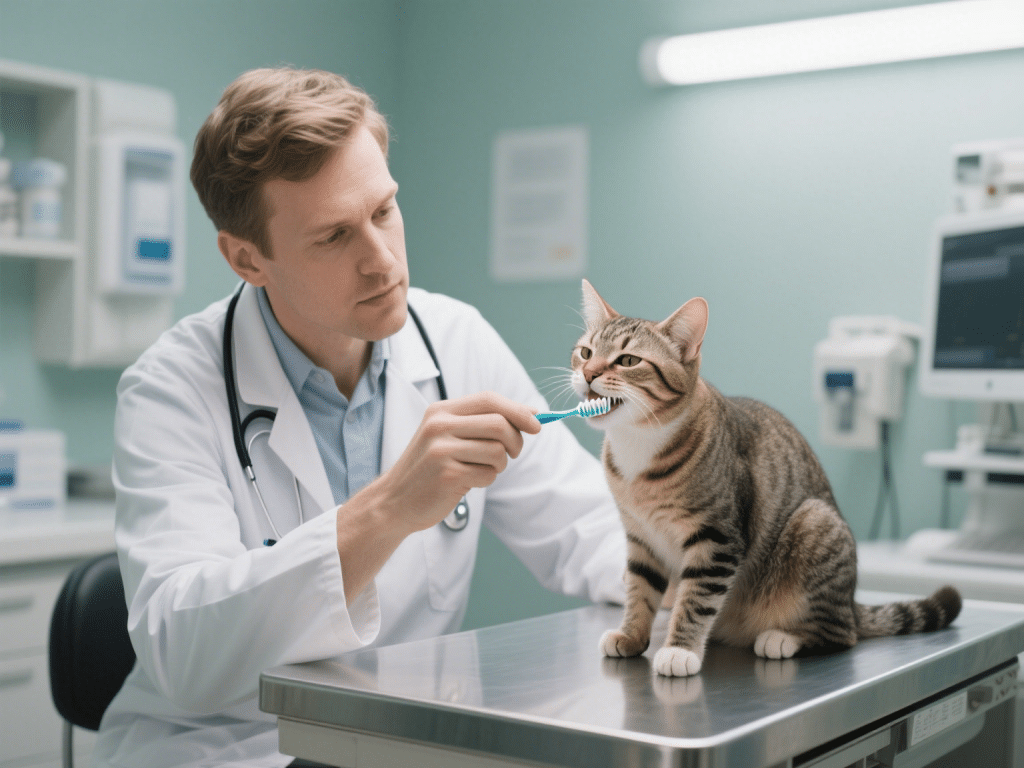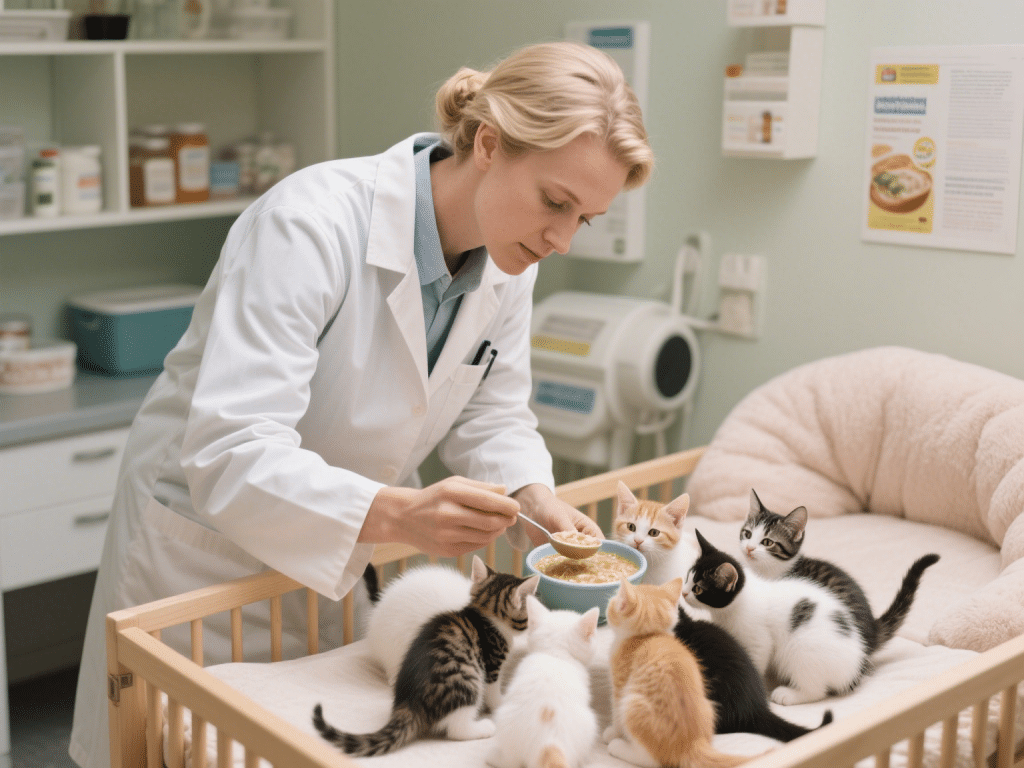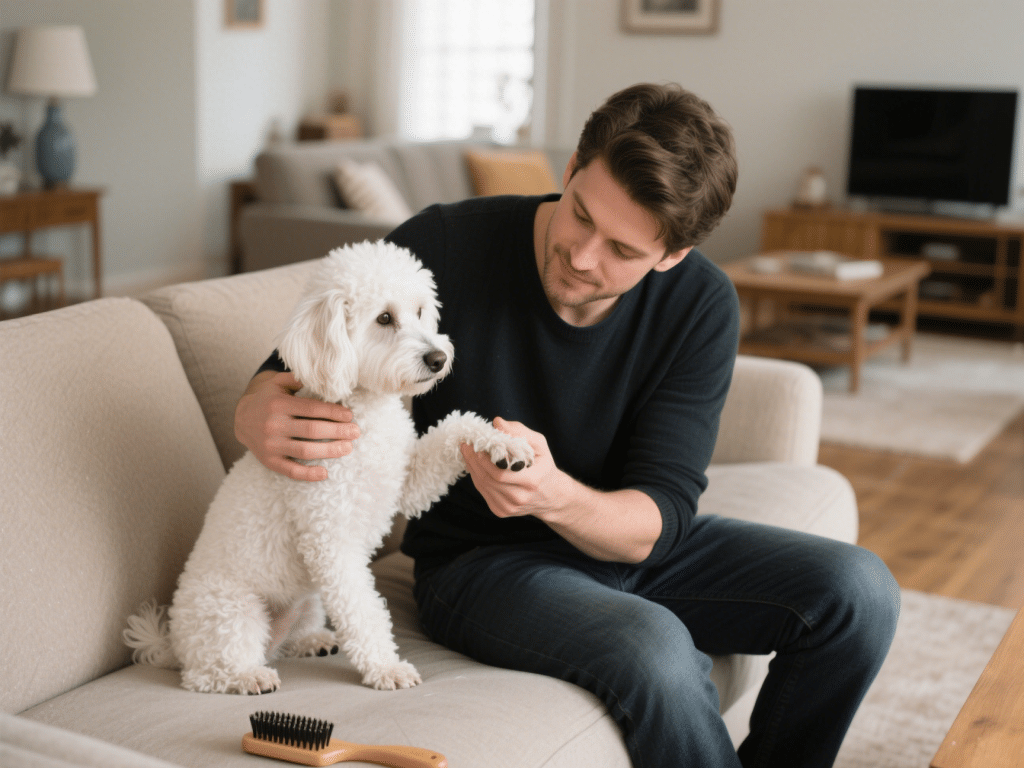Cat Dental Care: How to Clean Your Cat’s Teeth at Home

Dental health is a cornerstone of your cat’s overall wellness, yet it’s often overlooked until problems arise. Periodontal disease affects up to 85% of cats over three years old, leading to pain, tooth loss, and systemic health issues. As a veterinary technician specializing in feline dentistry, I’ve guided dozens of pet parents through safe, at-home oral care routines that preserve teeth and freshen breath. This detailed protocol ensures you can confidently clean your cat’s teeth at home—promoting long-term health and comfort.
1. Understanding Feline Oral Anatomy
Cats’ teeth include incisors for nibbling, canines for gripping, and premolars/molars for shearing food. Plaque begins accumulating along the gumline within hours of eating, hardening into tartar within days. Left untreated, bacteria invade the gums, causing gingivitis and, eventually, periodontal pockets.
2. Building Positive Associations
Start slow—never force a toothbrush into your cat’s mouth.
Familiarize Toothbrush & Toothpaste: Offer the brush handle to sniff. Let your cat lick a dab of feline-friendly toothpaste (flavors like poultry or malt).
Finger Brushing: Gently rub your finger (covered with gauze or a soft finger brush) along the gumline for 10–15 seconds daily until your cat appears comfortable.
Progress to Brush: Once finger brushing is tolerated, transition to the small-headed cat toothbrush or finger brush, using the same gentle motion.
3. Selecting the Right Tools
Toothbrush: Dual-headed cat-specific brush or soft silicone finger brush.
Toothpaste: Enzymatic, fluoride-free, formulated for cats—never human toothpaste.
Dental Pads or Wipes: Convenient for cats who strongly resist brushing.
Consistency matters more than duration—aim for 2–3 sessions weekly, working up to daily brushing if possible.
4. Proper Brushing Technique
Secure Positioning: Hold your cat in your lap or wrap in a towel (“kitty burrito”) if needed for comfort and safety.
Aim at 45° Angle: Brush at the junction where teeth meet gums—plaque hides here.
Small Circles: Use gentle circular motions, focusing 5–10 seconds per side of the jaw.
Reinforce Calm Behavior: Praise softly, offer a clicker “click,” or a treat immediately after each side.
5. Supplementary Dental Aids
When brushing isn’t feasible every day, incorporate these:
Dental Diets & Kibble: Specially textured to scrape plaque (look for VOHC seal).
Dental Chews & Water Additives: Reduce bacterial load and freshen breath.
Raw Meaty Bones (Under Vet Guidance): Chewing on raw chicken wings can help mechanically clean teeth—only if your vet approves.
6. Monitoring and Professional Intervention
Check your cat’s mouth monthly for:
Red or Bleeding Gums
Bad Breath
Loose or Broken Teeth
Excessive Drooling
Schedule a professional dental cleaning under anesthesia if you observe any of these signs. Early intervention prevents pain and systemic complications such as kidney or heart issues.
Implementing a gentle, positive brushing routine—supplemented by dental diets and chews—lays the foundation for your cat’s lifelong oral health. With patience, proper tools, and regular monitoring, you’ll prevent painful dental disease, ensuring your feline companion enjoys a healthy mouth and bright, confident purrs for years to come.









Comments on "Cat Dental Care: How to Clean Your Cat’s Teeth at Home" :